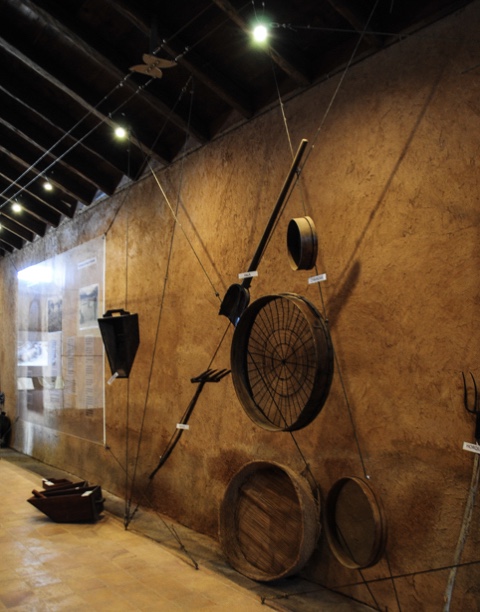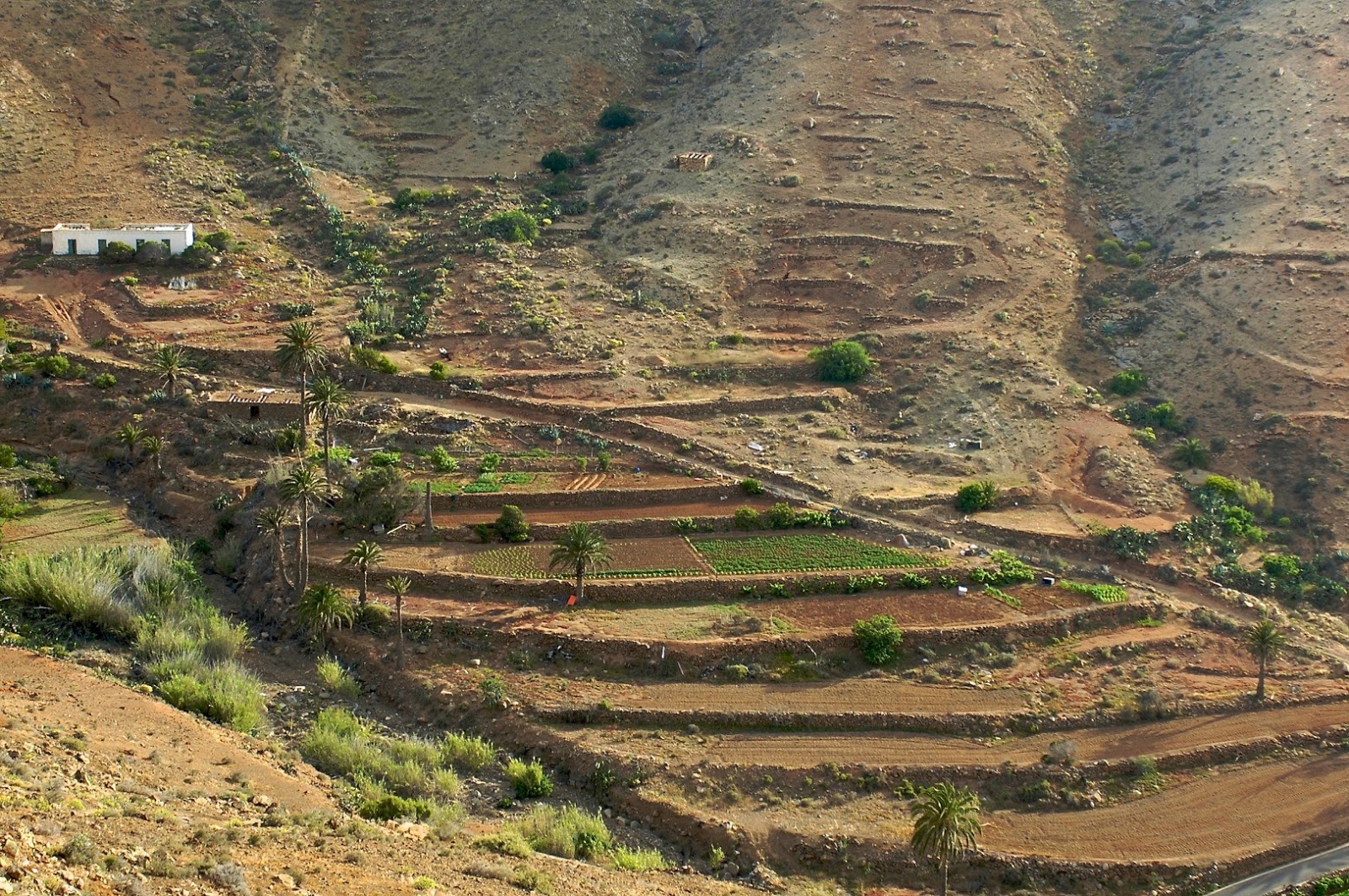Many times, whilst out on my quest to find the best bars on the island, I am asked about the rivers on the island, or lack of them. It’s pretty easy to explain that there are none, nor lakes, nor natural ponds. So where does our water come from ?
An Article by Bernie Power with The Voice Fuerteventura
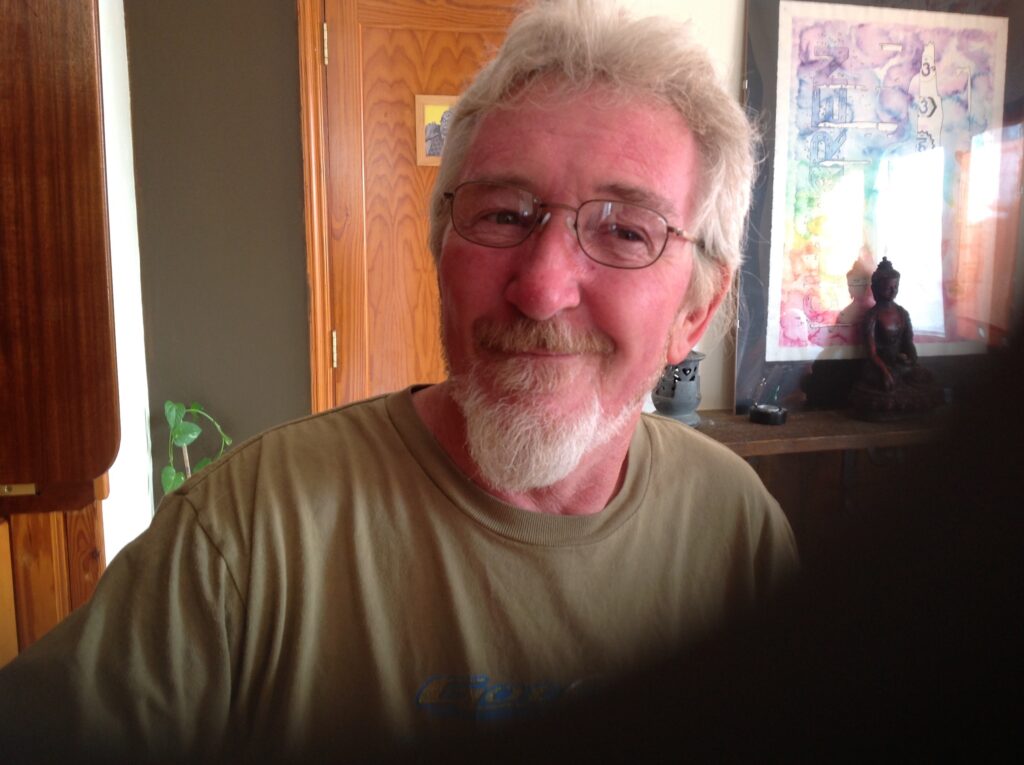
On average, it only rains for about an hour a week here and since the first people came to the island, water was their number one priority. When the Europeans first arrived in the 1400’s they settled in the then-fertile areas around Betancuria, the old capital named after Jean Bethancourt, the leader of the invasion in 1402. Vega del Rio Palmas or the Valley of the River of the palms, was then a well-watered place and farming was possible. However, as the population increased, the settlements spread out and moved towards the centre of the island.
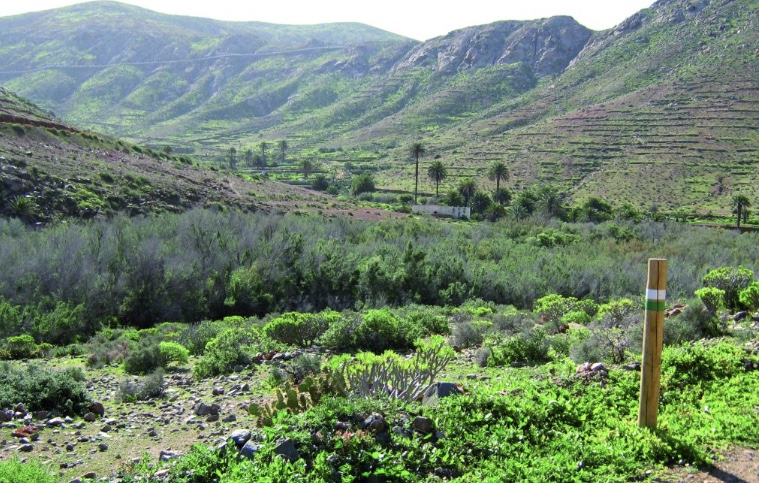
It was not long before the settlers discovered that when it doesn’t rain, nothing grows and that meant people died. Many times through the islands history there have been long periods of drought, causing unbearable hardship and mass emigration. As we are only 60 miles from Africa and the Sahara, we are affected by the desertification of the whole zone. The islanders who stayed had to think up ingenious ways to collect and preserve what precious drops of rain that did fall.
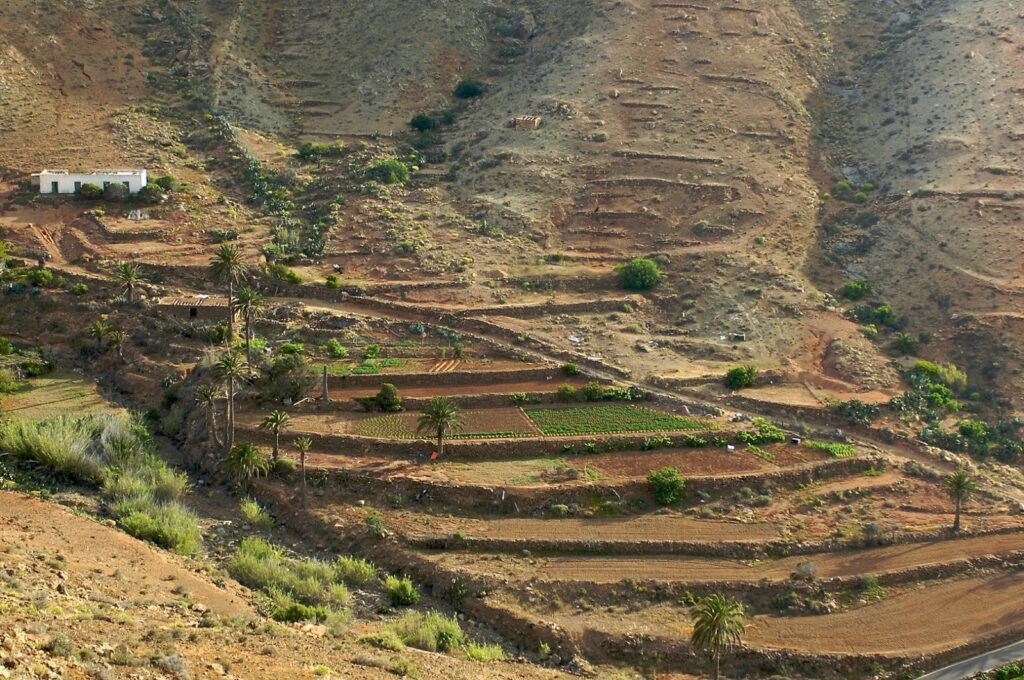
Steps and Terraces
You will notice man-made terraces on the slopes of some mountains. These are one of the methods they used to direct the flow. There are also many large, hand cut cisterns in older agricultural areas and wells which caught and preserved whatever water was available. Some was even shipped in from the other islands. This water was then distributed by hand, by Aguadores or water bearers, who literally carried water to the people by bucket, via donkeys, first thing in the morning. A statue dedicated to the water carriers of yesteryear can still be seen standing price of place in Puerto del Rosario today.
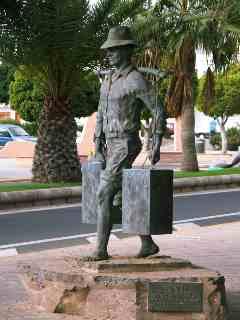
The First Water Plant
The problem began to be addressed in 1970, when the first water plant was opened in Puerto del Rosario. It was a desalination plant which began supplying water to the local homes. This new plant put many of the water bearers out of business. All that now remains is a statue dedicated to them in the capital, as well as some roads named after them. The last water bearer here on the island, was Itziar Fernández who retired in August 1993 after thirty years of service.
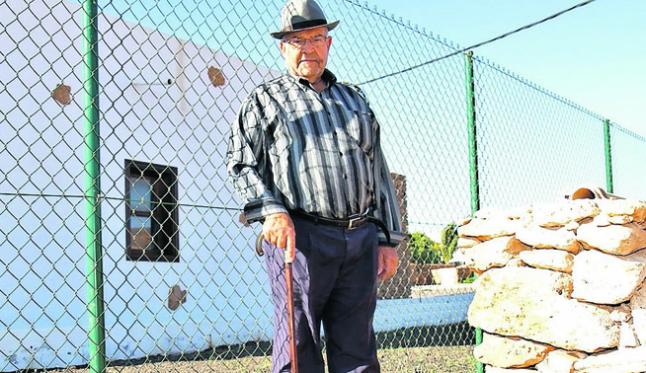
After about a year, the water supply made its way to the sleepy fishing village of Corralejo, which was about to boom. By 2000 it was obvious it needed more water and in 2009, the two large wind turbines you can see on the coast were built to supply the Corralejo water plant. They use the most up to date technology of reverse osmosis to purify the seawater by 99%. They also generate enough power to return 40-50% of the electricity back to the grid.
The plant works by pulling in the water from the ocean and extracting the salts and minerals, plus any crabs and seaweed etc. Thus producing a clean supply of water that is fit for domestic and agricultural use. It should not be drunk direct from the tap, as it still contains some minerals that could build up and affect you over time. However, 99% perfect in this desert island and is a real miracle in itself.

La Cilla - The Grain Museum
The whole project was funded by the water company and so far, there have been no problems. The golf course also supplies its own water for the greens, and actually has a more sophisticated set up than the country of Mauritania, our neighbour in Africa, so they are always lush and perfect for a round or two. So if you do experience a little rain over the next few months, please don’t be sad, as the locals welcome it. It is really nice to see the mountains turn green and the local wildlife enjoying the temporary lakes, even if, they are literally here today and gone tomorrow.
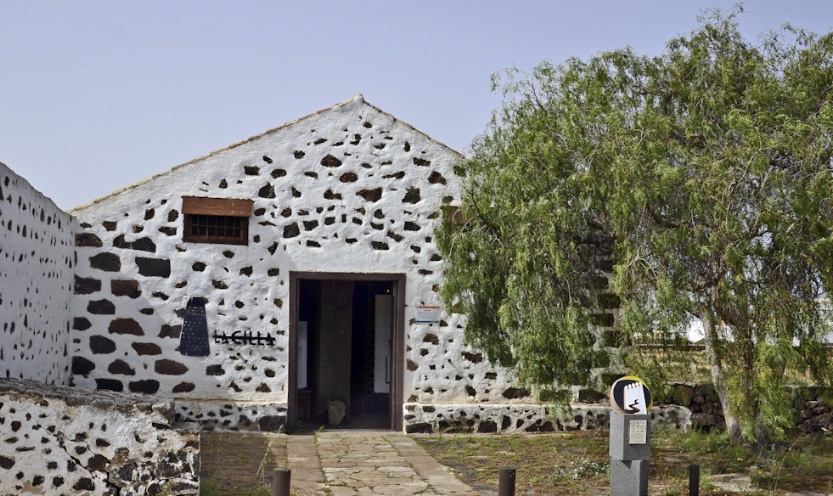
If you want more information about the water, agriculture and how the islanders cultivated crops in such as arid landscape then a quick visit to La Cilla, the Grain museum in La Oliva, is the place to get an insight and glimpse into the past.
